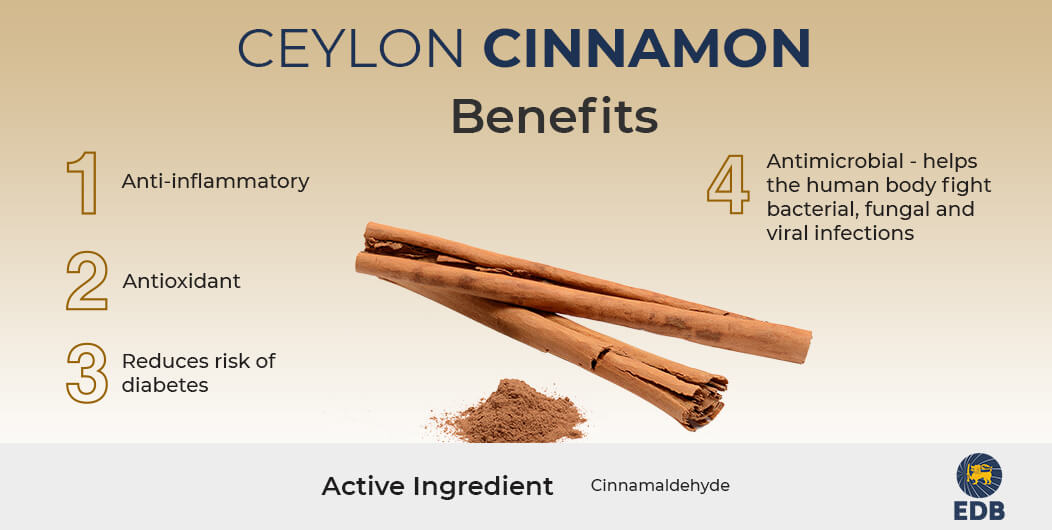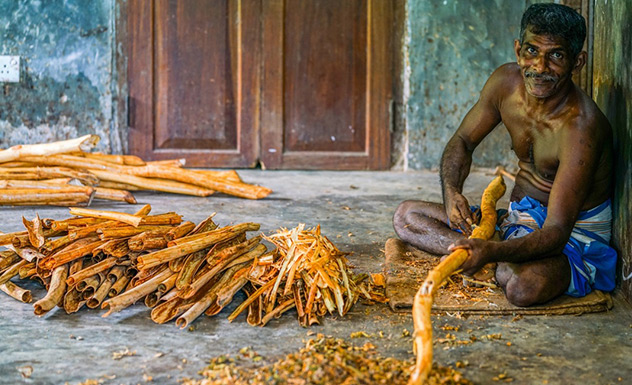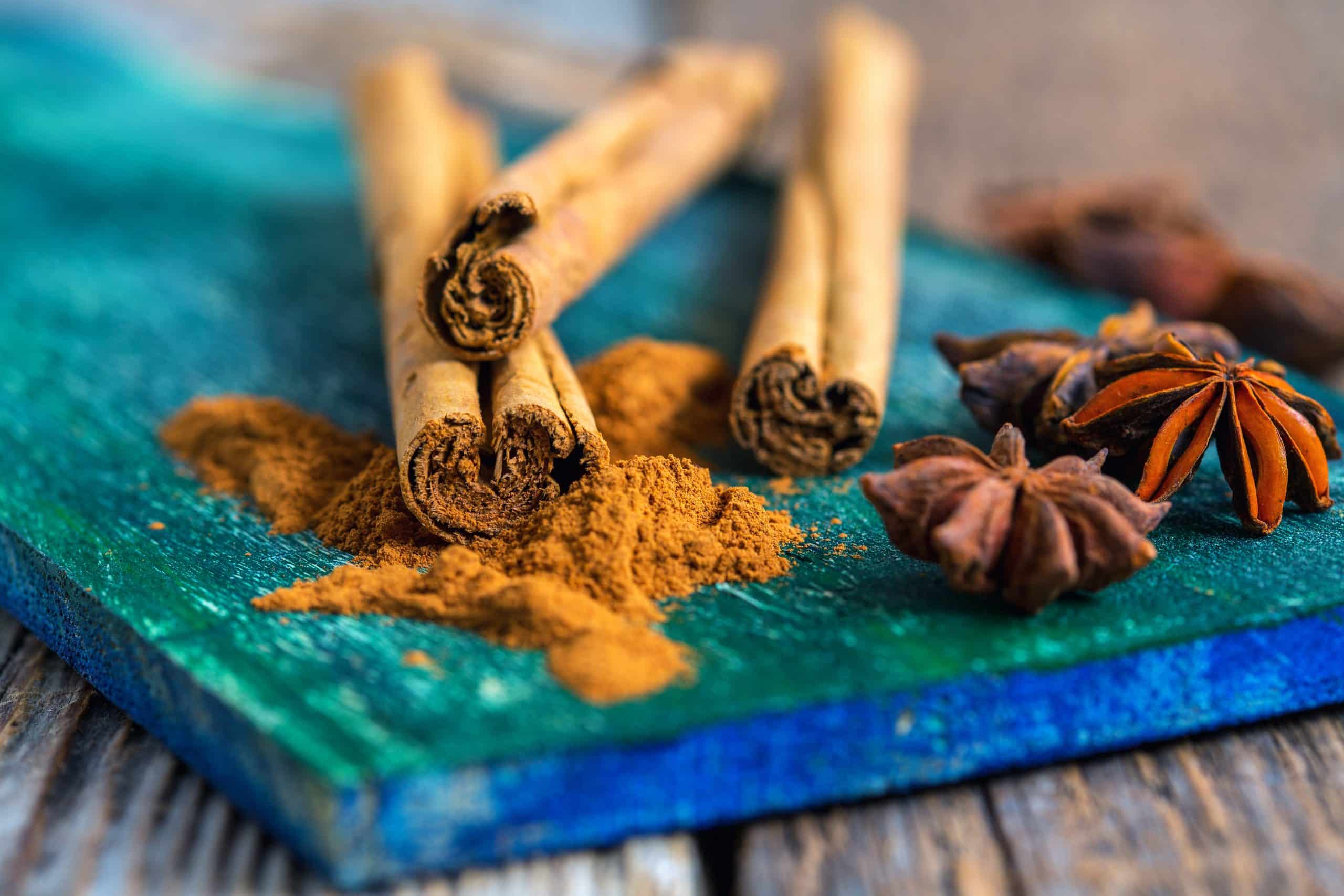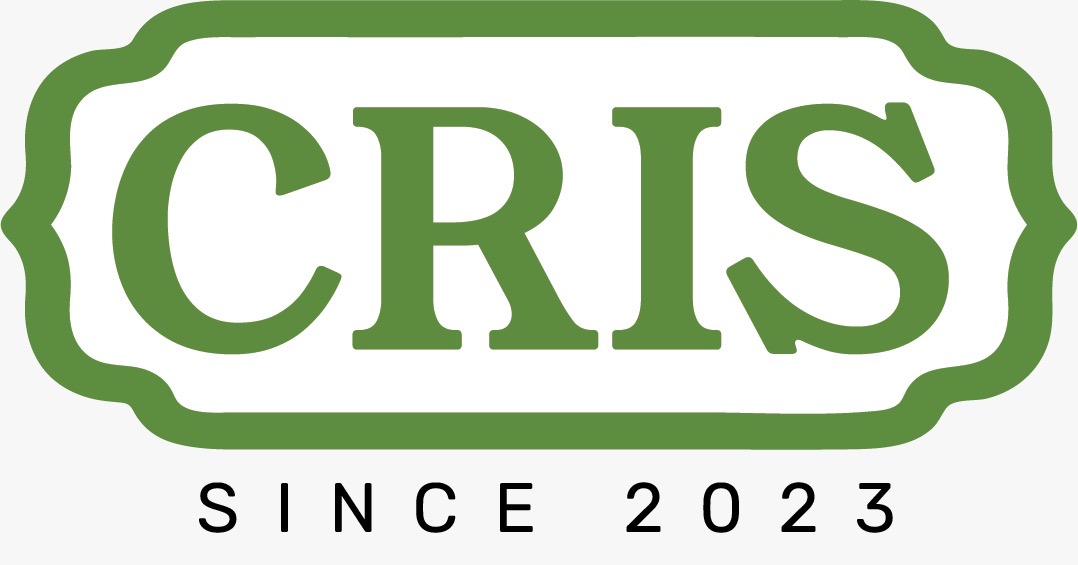The Art of Cinnamon Cultivation in Sri Lanka

Introduction
Sri Lanka, known as the "Pearl of the Indian Ocean," has long been renowned for its exquisite Ceylon cinnamon. This aromatic spice, prized for its delicate flavor and numerous health benefits, has been an integral part of the island's agricultural heritage for centuries. In this article, we'll explore the fascinating world of cinnamon cultivation in Sri Lanka, focusing on sustainable practices and the unique characteristics that make Ceylon cinnamon so special.
The History of Cinnamon in Sri Lanka
Cinnamon has been cultivated in Sri Lanka for over 2,000 years, with the island's tropical climate and rich soil providing the perfect conditions for growing this valuable spice. The Portuguese, Dutch, and British all sought to control the lucrative cinnamon trade during their respective colonial periods, cementing Sri Lanka's reputation as the world's premier source of high-quality cinnamon.
Ceylon Cinnamon: The "True" Cinnamon

Distinguishing Characteristics
Ceylon cinnamon, scientifically known as Cinnamomum verum, is often referred to as "true" cinnamon. It is distinguished from its more common cousin, Cassia cinnamon, by several key features:
Flavor profile: Ceylon cinnamon has a subtle, sweet taste with delicate floral notes. Color: It has a lighter, tan color compared to the reddish-brown of Cassia. Texture: Ceylon cinnamon sticks are composed of thin, papery layers that can be easily ground. Health benefits: It contains lower levels of coumarin, a compound that can be harmful in large doses, making it a healthier choice for regular consumption.
Sustainable Cinnamon Cultivation Practices
Many cinnamon growers in Sri Lanka, including companies like Cris Company, have adopted organic and sustainable farming methods to preserve the environment and ensure the highest quality product. These practices include:
Pesticide-free cultivation: Farmers use natural pest control methods to protect cinnamon plants without resorting to harmful chemicals. Soil conservation: Crop rotation and organic composting techniques help maintain soil health and fertility. Water management: Efficient irrigation systems are employed to conserve water and prevent soil erosion. Biodiversity preservation: Cinnamon plantations are often integrated with other native plants to promote ecosystem balance. Fair labor practices: Many growers ensure fair wages and safe working conditions for their workers, supporting local communities.
The Cinnamon Cultivation Process
Planting and Growth
Cinnamon trees are typically grown from cuttings or seeds. They thrive in well-drained, sandy soil and require a warm, humid climate with plenty of rainfall. The trees are usually planted in rows and take about two years to reach maturity.
Harvesting
The harvesting process is a delicate art that requires skill and experience:
Trees are cut back to stumps when they reach about 2 years old.
New shoots, called "quills," grow from the stumps.
When the quills reach about 1.5 meters in height and 3 cm in diameter, they are ready for harvest.
The outer bark is carefully scraped off, and the inner bark is removed in long strips.
These strips are then dried and curled into the familiar cinnamon stick shape.
Processing
After harvesting, the cinnamon undergoes several processing steps:
 Fermentation: The bark is left to ferment for about 24 hours, which helps develop its flavor and aroma.
Peeling: Skilled workers carefully peel the outer bark from the inner bark.
Rolling: The inner bark is rolled into quills, with smaller pieces placed inside larger ones to create the characteristic cinnamon stick.
Drying: The quills are dried in the shade for several days until they reach the desired moisture content.
Grading: Cinnamon is graded based on its quality, with factors such as color, flavor, and bark thickness taken into account.
Fermentation: The bark is left to ferment for about 24 hours, which helps develop its flavor and aroma.
Peeling: Skilled workers carefully peel the outer bark from the inner bark.
Rolling: The inner bark is rolled into quills, with smaller pieces placed inside larger ones to create the characteristic cinnamon stick.
Drying: The quills are dried in the shade for several days until they reach the desired moisture content.
Grading: Cinnamon is graded based on its quality, with factors such as color, flavor, and bark thickness taken into account.
The Economic Impact of Cinnamon Cultivation

Cinnamon cultivation plays a significant role in Sri Lanka's economy:
Export revenue: Cinnamon is one of Sri Lanka's top agricultural exports, contributing millions of dollars to the economy annually.
Employment: The industry provides employment for thousands of Sri Lankans, from farmers to processors and exporters.
Rural development: Cinnamon cultivation has helped develop rural areas by providing stable income sources for local communities.

Conclusion
The cultivation of Ceylon cinnamon in Sri Lanka is a testament to the island's rich agricultural heritage and commitment to sustainable farming practices. As consumers become more aware of the unique qualities of Ceylon cinnamon and the importance of supporting environmentally friendly agriculture, the future looks bright for Sri Lanka's cinnamon industry. By choosing Ceylon cinnamon from sustainable sources, we can enjoy its delightful flavor and health benefits while supporting responsible farming practices and local communities in Sri Lanka.
